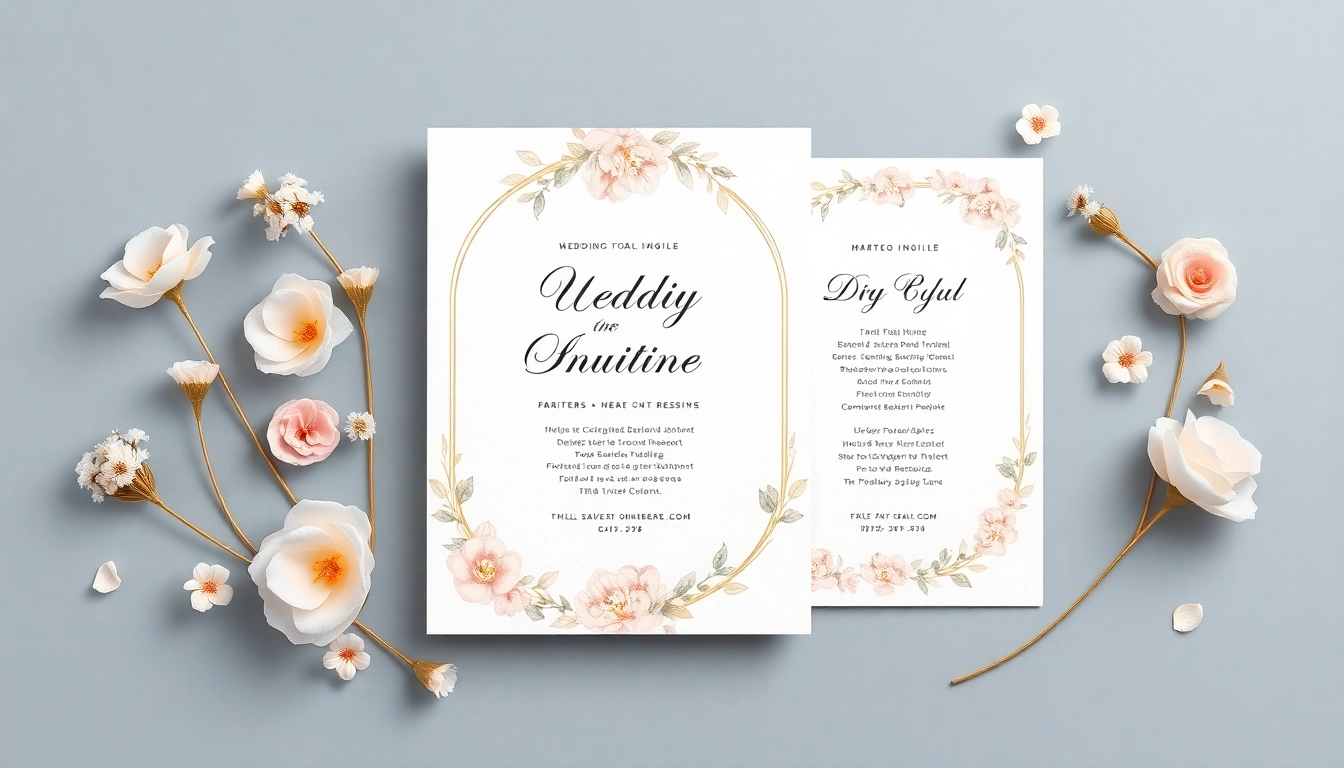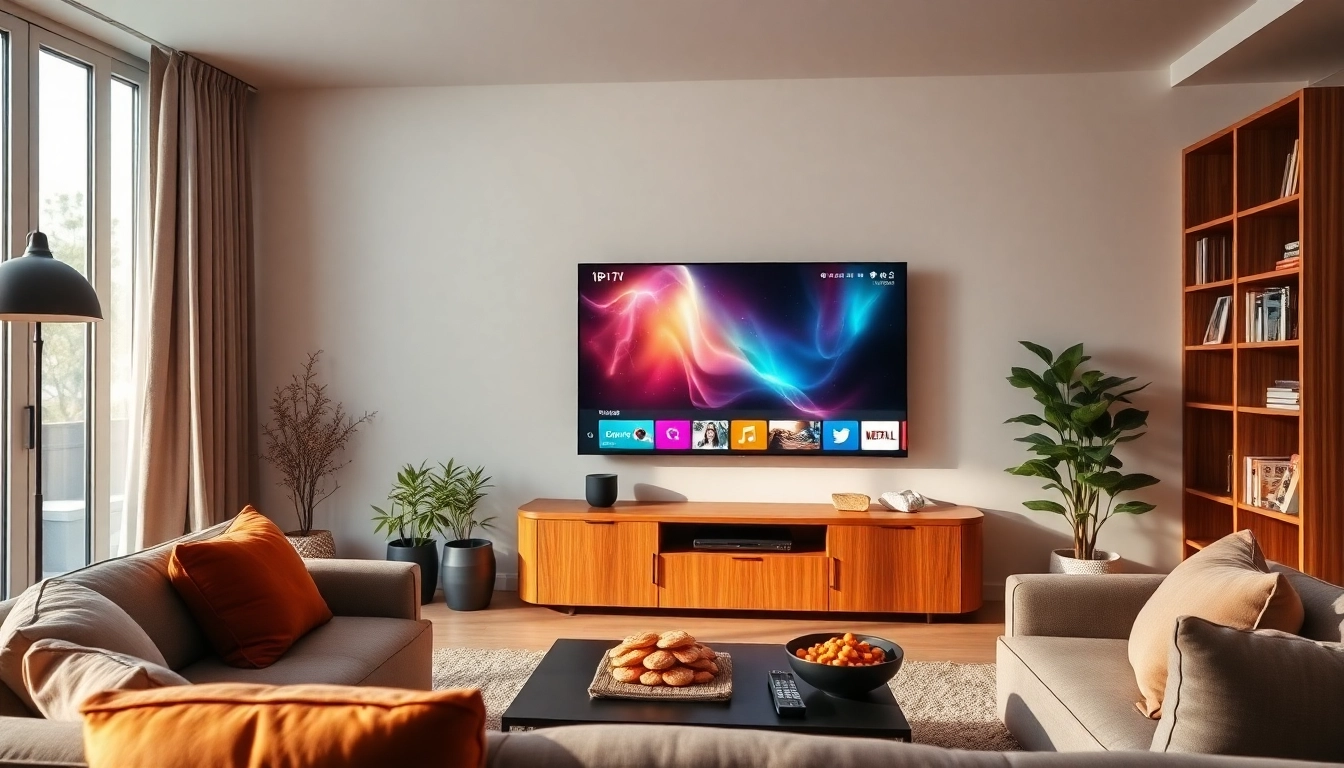Understanding Different Sunglass Types
Popular Frame Styles
Sunglasses are not just a functional accessory to shield your eyes from harmful UV rays; they are also a fashion statement. Choosing the right frame style can enhance your look and express your personality. Among the most popular frame styles are aviators, wayfarers, cat-eye, and round frames.
Aviators, originally designed for pilots, feature a thin wire frame and teardrop-shaped lenses, offering a classic and adventurous vibe. Wayfarers, introduced by Ray-Ban in the 1950s, are characterized by a trapezoidal shape, making them versatile for various face shapes. Cat-eye sunglasses exude vintage glamour with their upswept outer edges, perfect for those wanting to add a touch of elegance. Lastly, round frames offer a retro charm that appeals to modern trends, especially among younger demographics.
Lens Options and Their Benefits
The choice of lens material and type is just as crucial as the frame. Common lens types include polycarbonate, glass, and plastic, each with unique benefits. Polycarbonate lenses are highly durable and impact-resistant, making them ideal for active lifestyles. Glass lenses, while heavier, provide optical clarity and scratch resistance. Plastic lenses are lightweight and cost-effective, but they may scratch more easily than other materials.
Furthermore, lens tint can impact visibility and comfort. Grey and green tints reduce glare while providing true color perception, making them suitable for driving. Brown tints enhance contrast and depth perception. For high-altitude environments, yellow or gold tints help improve visibility during low-light conditions.
Choosing the Right Shape for Your Face
Selecting the right sunglasses should consider your face shape. For example, individuals with round faces may benefit from angular frames like square or rectangular styles, which provide a balancing effect. Those with square faces might find that round or oval frames help soften their overall appearance. Diamond-shaped faces often look great in cat-eye frames, which accentuate the cheekbones. It’s crucial to try different shapes and styles to discover which frames complement your features best. Always ensure any sunglasses you choose offer adequate UV protection, regardless of style.
Features that Matter: More Information on Sunglass Technology
UV Protection Levels Explained
When selecting sunglasses, one of the most critical factors to consider is UV protection. Sunglasses should block 100% of UVA and UVB rays, which can cause short-term and long-term eye damage. UV protection levels are often designated with a UV400 label; this means that the lenses can block rays up to 400 nanometers, providing superior shielding.
It’s important not to base your decision solely on a higher price tag; rather, check the label or ask for confirmation about the UV protection offered. Some lenses may only block a fraction of the UV rays, which can be misleading. Therefore, understanding how manufacturers label UV protection is essential for making an informed choice.
Polarized Lenses: Worth the Investment?
Polarized lenses significantly reduce glare from reflective surfaces such as water and snow, making them an excellent investment for outdoor enthusiasts. These lenses contain a special coating that filters out horizontal light waves, enhancing visibility and comfort.
Testimonials from users reveal an improved experience when wearing polarized sunglasses during activities like fishing or skiing, where glare from surfaces can impede visibility. However, while they are ideal for outdoor use, polarized lenses may not be suitable for activities that require screens, like pilots and some drivers, as they can interfere with visibility of LCD and LED displays.
Durability Factors for Long-lasting Use
Durability is another vital aspect to consider when purchasing sunglasses, especially if you lead an active lifestyle. Look for sunglasses that offer scratch-resistant coatings on the lens and robust materials like nylon in frames. Additionally, check for warranties that cover defects and damages. Brands that offer longer warranties generally stand by the quality and durability of their products.
For those spending a lot of time outdoors, consider sunglasses with impact-resistant properties, such as those made from high-index plastic or polycarbonate. These materials withstand pressure and accidental drops much better than regular plastic frames.
Fashion and Function: More Information on Trendy Options
Top Sunglass Trends for Every Season
Fashion trends in sunglasses evolve each season, dictated by runway shows, celebrity endorsements, and social media influencers. As of recent seasons, oversized sunglasses have made a strong resurgence, especially with designs that play on vintage inspiration. Transparent frames and colored lenses are also trending, providing a playful and bold look for summer outings.
In contrast, minimalist styles featuring thin metallic frames appeal to a modern audience looking for sophistication without loud designs. Cat-eye and geometric shapes are in vogue, embodying retro charm while remaining fresh and innovative.
Brand Spotlight: Innovative Sunglasses on the Market
Several brands are leading the way in innovation and style within the sunglasses market. Ray-Ban continues to maintain its iconic status with modern interpretations of classic styles, while brands like Warby Parker have introduced stylish, affordable options that cater to the online shopping experience.
Brands focusing on sustainability, like Proof Eyewear, have garnered attention with their eco-friendly materials and socially-conscious business practices. These brands not only deliver on style but also resonate with consumers’ growing desire for sustainability in fashion.
Accessorizing with Sunglasses: Style Tips
Accessorizing with sunglasses can elevate your look significantly. Pairing a bold cat-eye frame with a vintage outfit or oversized round sunglasses with a beach ensemble can create stunning visuals. Always consider the color palette of your outfit; for instance, neutral-toned sunglasses complement most clothing colors, while vibrant or patterned sunglasses can add an exciting pop to a monochrome look.
Additionally, remember to maintain proportionality. If you have a petite frame, don’t opt for overwhelmingly large sunglasses; choose styles that enhance your features without overpowering your natural appearance. Confidence is key, so wear what makes you feel good!
Maintaining Your Sunglasses for Longevity
Best Practices for Care and Cleaning
Proper care of your sunglasses is vital for ensuring they last. Start by regularly cleaning your lenses with a microfiber cloth specifically designed for eyewear. Avoid using paper towels or clothing, as they can scratch the lenses. Additionally, a gentle lens cleaner specifically formulated for sunglasses can help eliminate smudges and dirt without damaging any coating.
Store sunglasses in a hard case when not in use to prevent scratches and bending of the frames. Avoid leaving them in hot places like a car dashboard, as excessive heat can warp the frame and degrade lens quality.
When to Replace Your Old Sunglasses
Even the best sunglasses have a lifespan. If you notice scratches affecting your vision, warped frames that don’t sit correctly, or fading lenses that compromise UV protection, it may be time to invest in a new pair. Regularly assess your sunglasses to ensure they continue to provide optimal eye protection and style.
Storage Solutions to Prevent Damage
To extend the life of your sunglasses, consider investing in a proper storage solution. A hard case is ideal for maximum protection, while a dedicated organizer can keep multiple pairs of sunglasses safe and accessible. Alternatively, those who wish to display their sunglasses can use a wall-mounted holder that keeps them safe while adding a stylish touch to your decor.
Buying Tips: More Information for the Ideal Purchase
Price Ranges: What to Expect
The price range for sunglasses can vary significantly based on brand, materials, and technology. Budget sunglasses can be found for as little as $20–$50, but they may not provide adequate UV protection or durability. Mid-range brands typically range from $50 to $150, offering better quality and more fashionable styles. High-end designer sunglasses can easily range from $200 to $600 or more, often featuring superior craftsmanship and unique designs.
Regardless of your budget, always prioritize UV protection and quality over the perceived value associated with a certain brand name.
Where to Buy: Online vs. Retail
Shopping for sunglasses offers the flexibility of online and retail options. Online retailers often provide a broader selection and competitive prices, but it’s essential to know your measurements to ensure proper fit. Brands like Warby Parker and Ray-Ban have online try-on features that can help consumers choose the right pair from the comfort of their home.
On the other hand, visiting retail stores gives you the opportunity to try on sunglasses and get a feel for their weight and fit. If possible, do both—try styles in-store and check online for better pricing.
What to Look for When Shopping
When shopping for sunglasses, check that they have a UV400 label to ensure full UV protection. Evaluate fit, as sunglasses should sit comfortably on your nose, not slide down, or pinch at the temples. Additionally, prioritize lens quality, ensuring they resist scratches and are free from distortions that affect visual clarity.
Lastly, do not be afraid to ask questions. Sales representatives can provide valuable insight on the best options based on your needs and encourage informed buying decisions. For even more consideration, incorporating feedback from More Information sources can help clarify your options.



